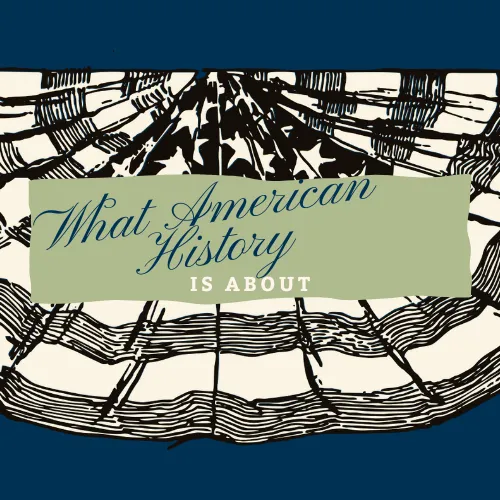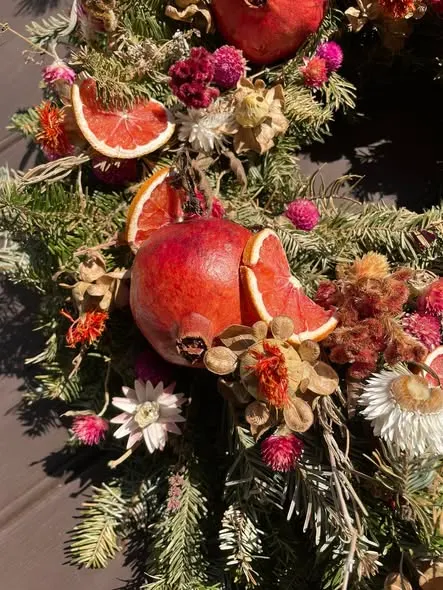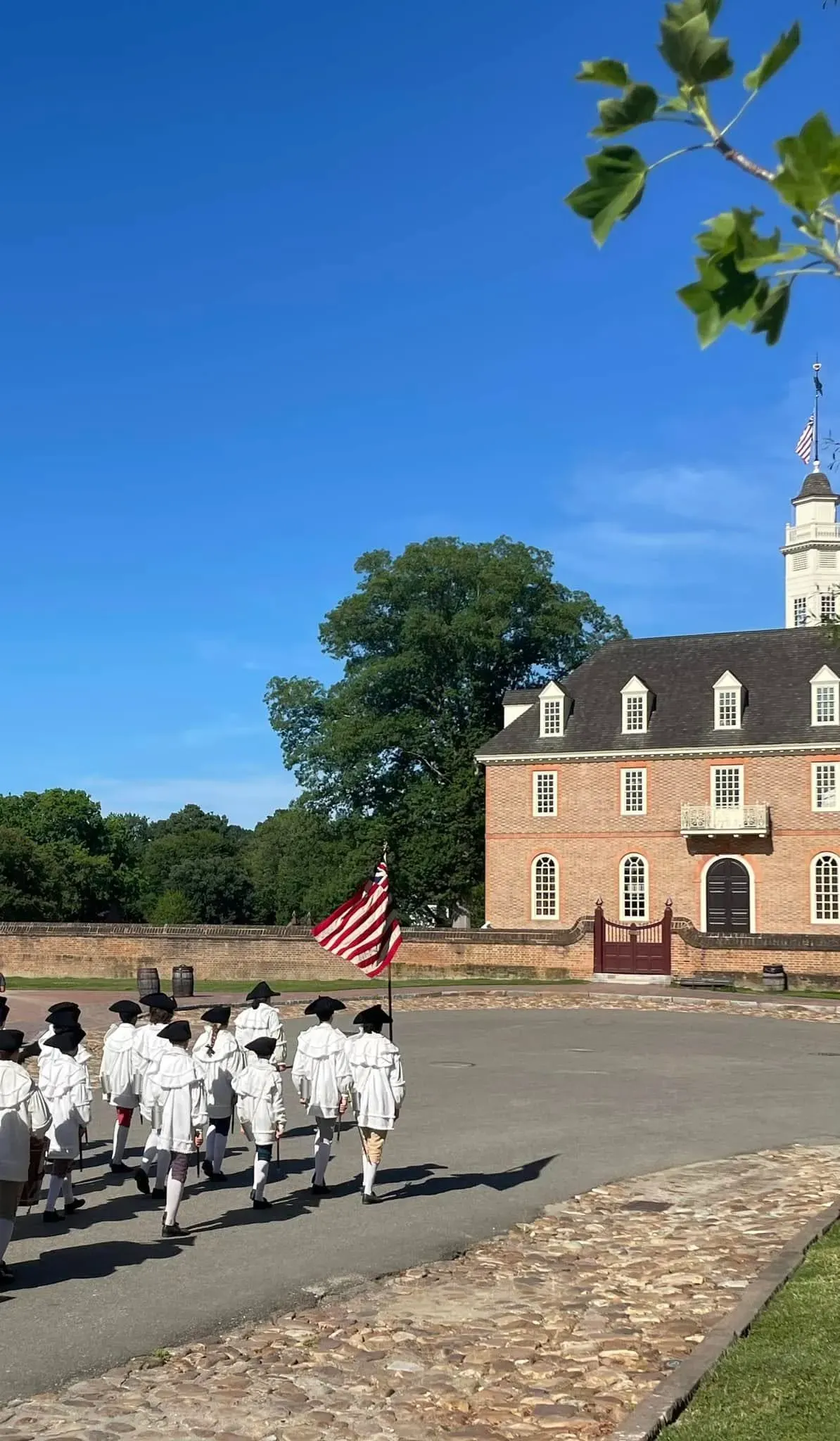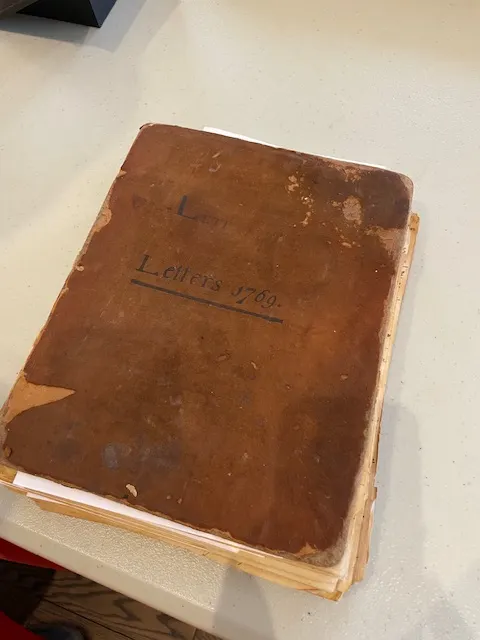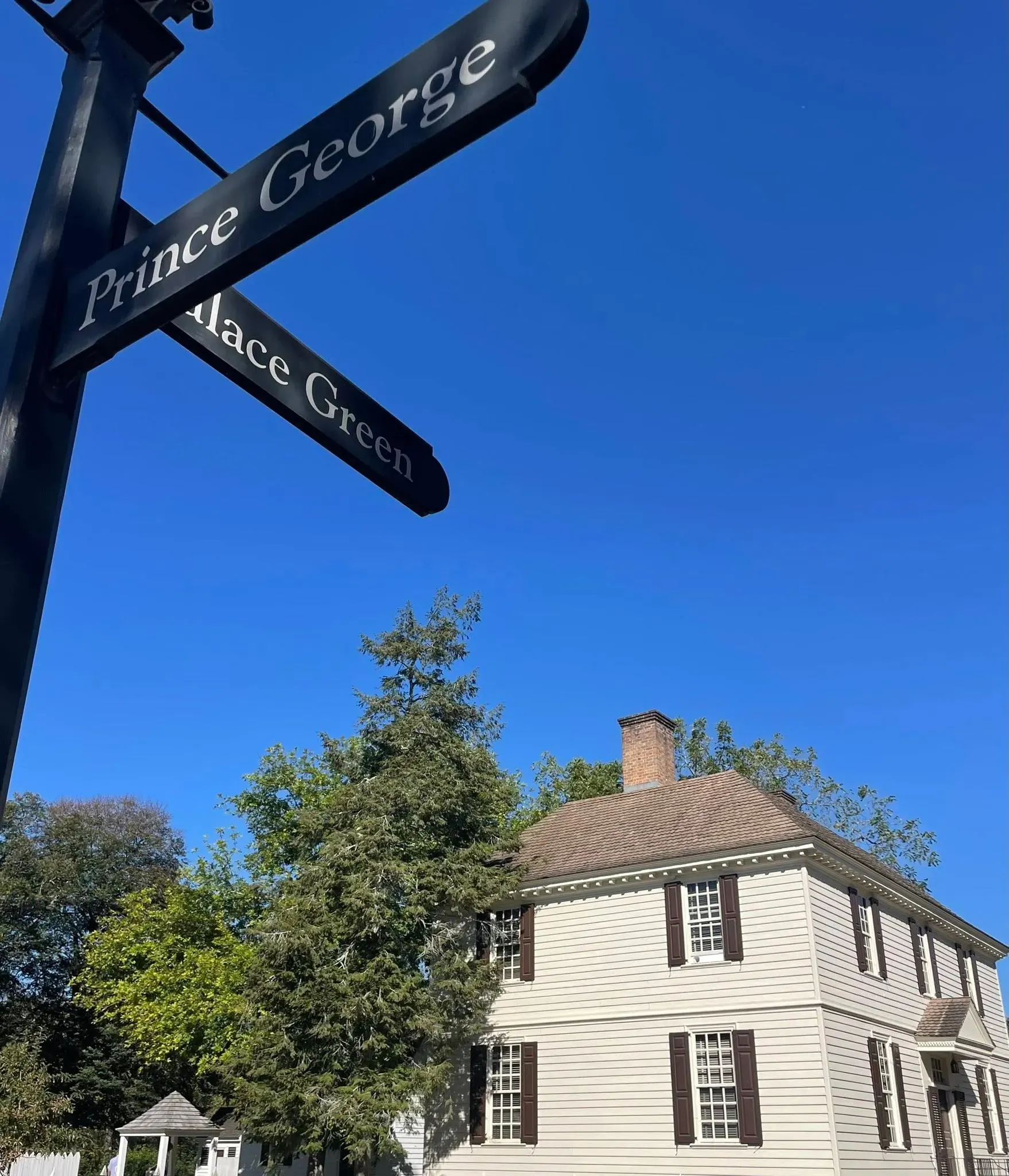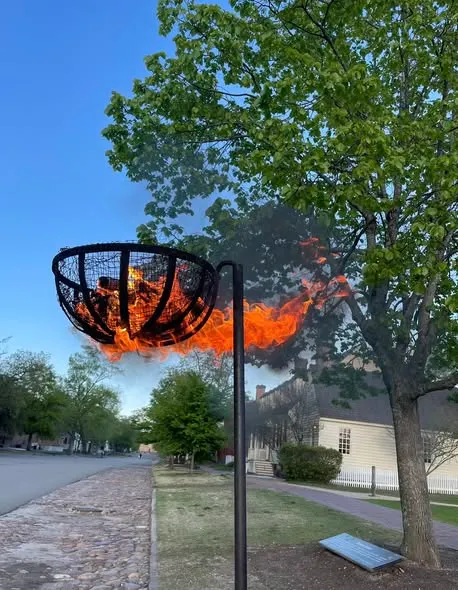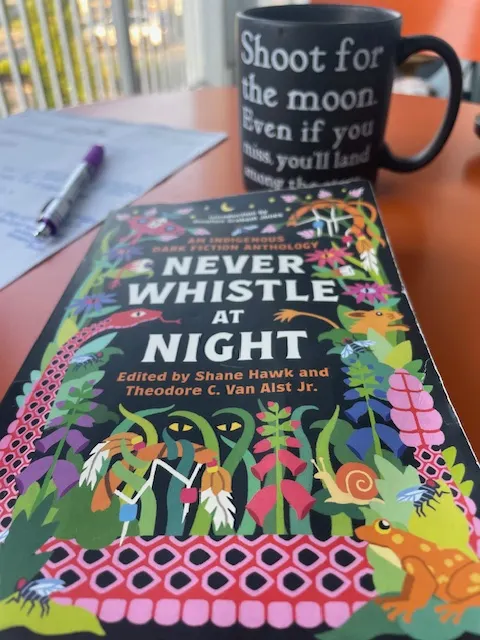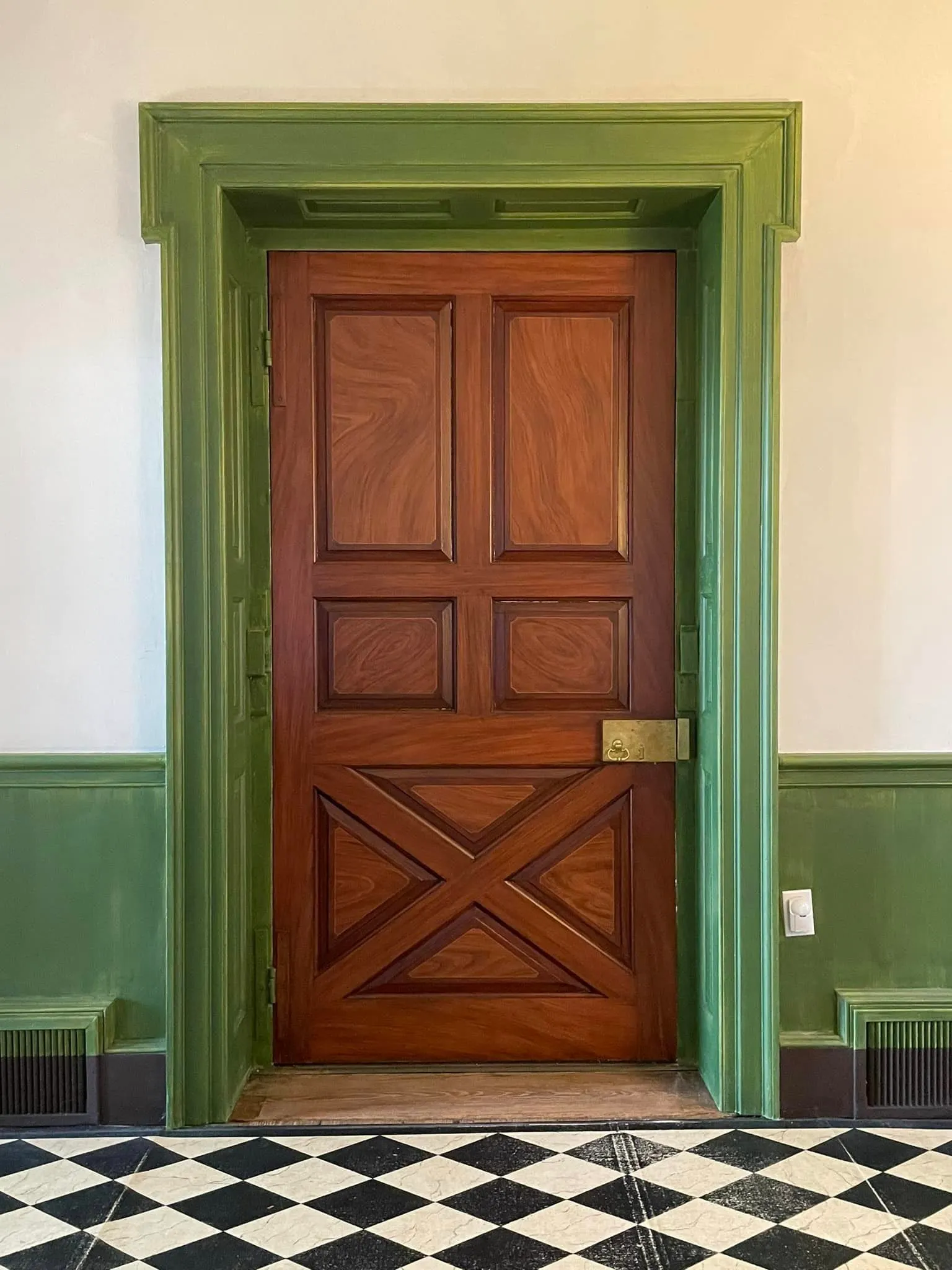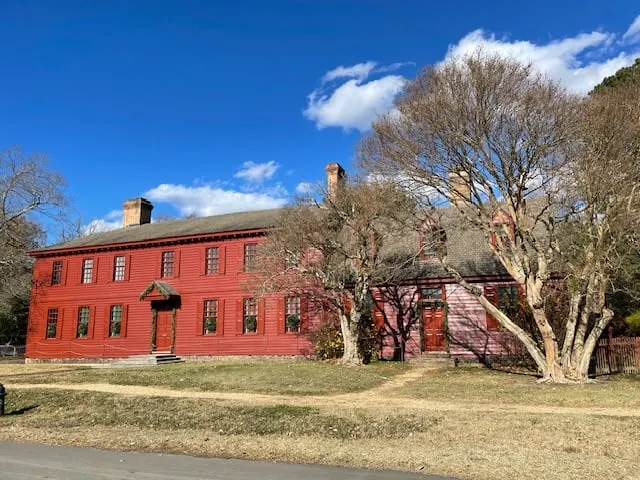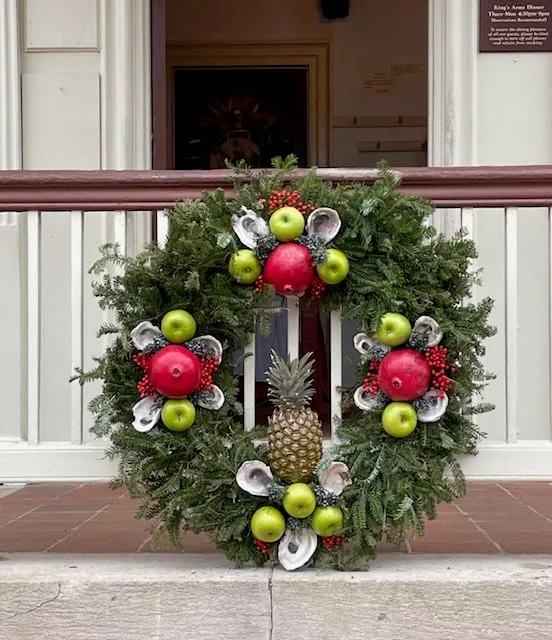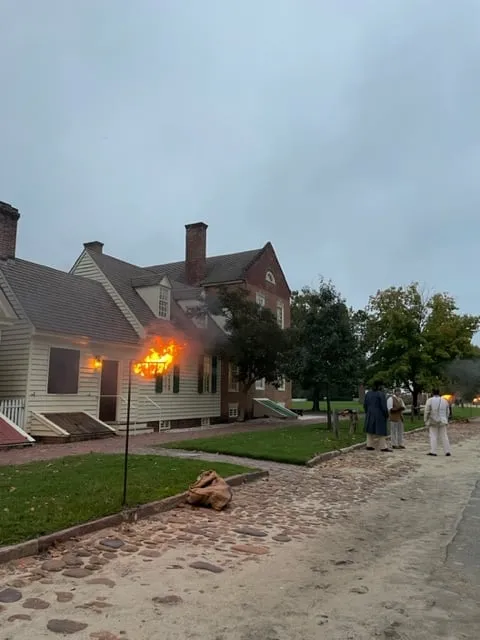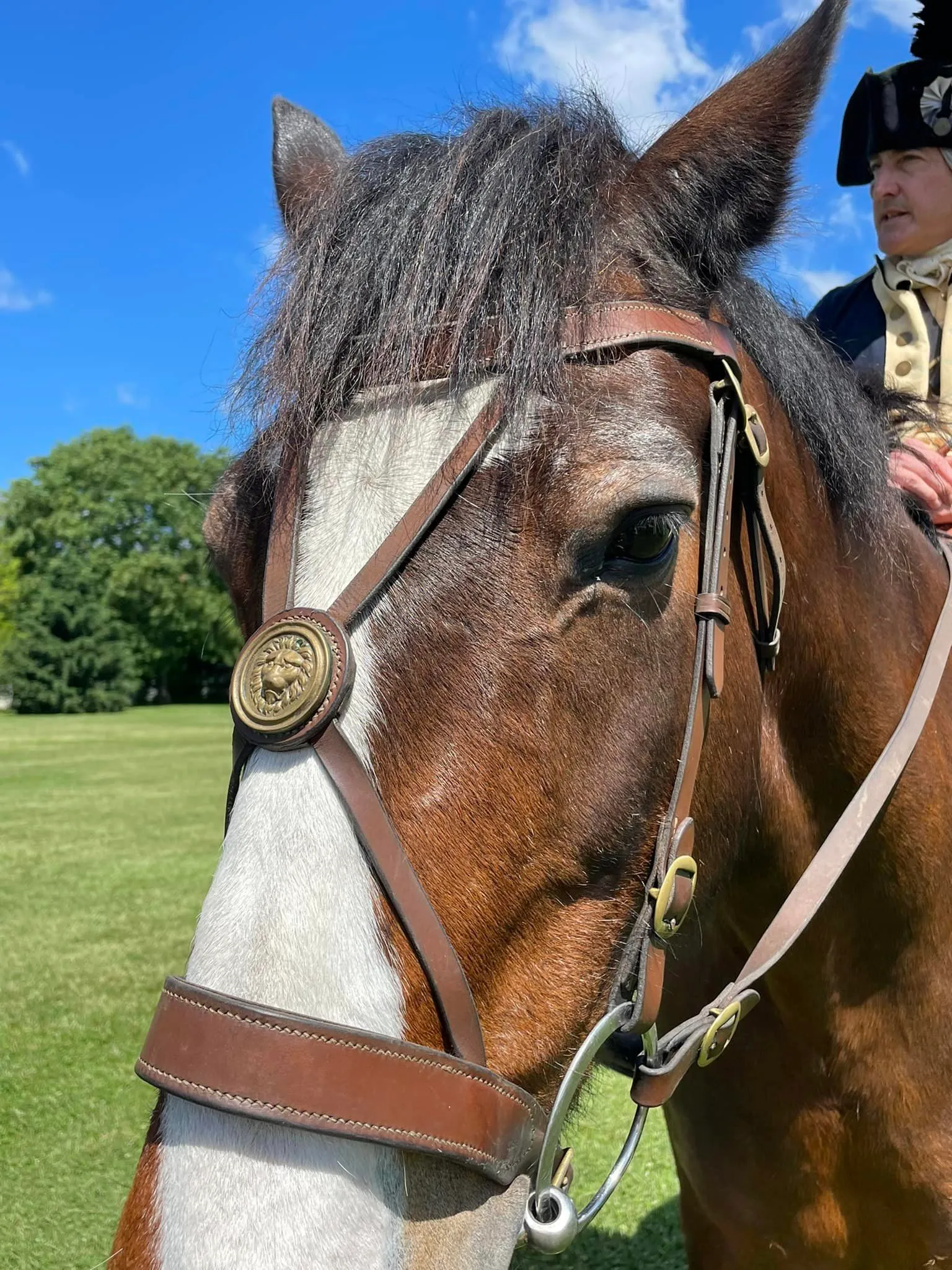Exploring 18th Century Medicine: The Role of Orange Peels and Insights from Dr. John Minson Galt
Down the rabbit hole of 18th century medicine.
My January 2nd visit to the Apothecary shop in Colonial Williamsburg (CW) naturally brought on the discussion of what Dr. Galt, the owner and physick during the Revolutionary Period, would give patients who over-ate or drank too much while celebrating.
And so it began, three days of visiting some of CW's sites and a couple hours in the John D. Rockefeller Library (the Rock) culminating in this post, written on a little workcation I'm taking. And I fell down yet another rabbit hole of history!
It's not shocking that there are volumes of books, massive amounts of information, and so many subtopics on 18th century medicine. Even specific to America.
So as is my journal-style approach to this blog, I'm sorting out some favorite finds in an easy-to-read way, encouraging you to dive deeper- as always!

Sign at the Pasteur-Galt Apothecary Shop
Disclaimer: As a blogger, I use affiliate links sometimes! I may receive commission from purchases I share; it does not change your price but sometimes you might get a discount.
Let's start with Dr. Galt's Apothecary Shop and likely post-celebration "cures" of the 18th century.
For your stomach.
I was serious in the title of this article: orange peels. But be careful not to get the pith in there, just the rind. Grind it up with a bit of sugar and eat it. A mortar and pestle should do the trick.
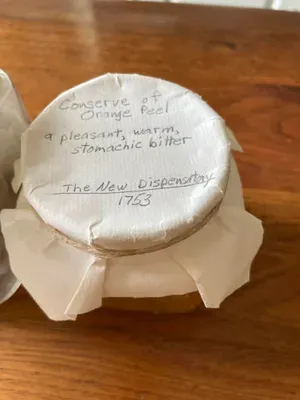
For the heartburn.
Early Americans didn't have tums. But they did have the ingredient that drives it to help: calcium carbonate. In fact, ground up oyster shells were the main ingredient found in tablets you could get at the apothecary here in the tidewater region.
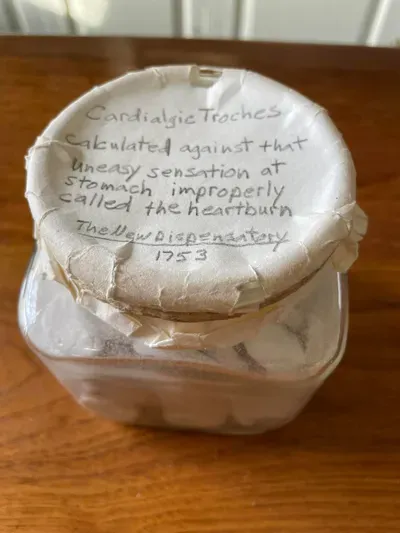
For the headache.
Coffee- and many of us still use caffeine to ease a headache. A jar of coffee beans hangs out on a shelf in the shop, where ingredients based on daybooks, invoices, and inventories are displayed.
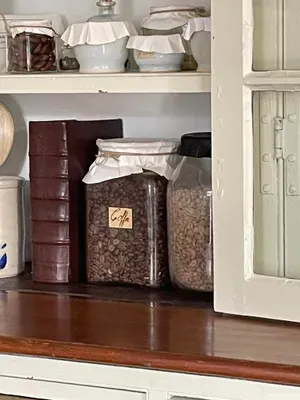
Bonus content: more 18th century medicinal uses of ingredients.
Rosemary.
One alternative to orange rind for an upset stomach was rosemary. Although there were ways to obtain oranges directly from the Caribbean while the Non-Importation Agreements were in effect, rosemary could be grown in America.
In fact, the CW team is actually growing it behind the apothecary to have it on hand and provide fantastic historical context to the property.

Peruvian bark.
This was used to help out those suffering malaria, which stayed with you, it wasn't a one-and-done illness. I've heard many times about George Washington having it and found this article sharing the other U.S. Presidents who suffered it.
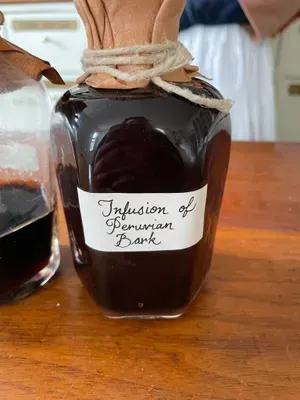
DISCLAIMER: No information in this article is medical advice; it is information received about 18th century medicine through primary source documents and explained to me in the shop.
Who is Dr. Galt? A physick whose family carried on the legacy.
It's difficult to talk about 18th century medicine around CW and not have Dr. JM Galt referenced by name.
He and his partner, Dr. Pasteur (William not Louis) owned a shop on Duke of Gloucester Street. It's now used for interpretation of 18th century medicine. Some of their original possessions are still in the shop- you just have to ask what's what!
Dr. JM Galt was a longtime director of the Eastern State Hospital and both his son Alexander "Dickie" Galt and grandson, John II, followed in his footsteps there.
Being a physick in Williamsburg he must have a tie to the College of William and Mary of course! He attended the College for his general education. Since there was no medical school at the time, he crossed the ocean (as many did) to get his medical education in both Edinburgh and Paris.
Side note for those who love architectural history: his home in Williamsburg is the "oldest residential dwelling" in CW- click here to see it on their website.
Why do we know so much about him and his family? The Galt Family Papers- a comprehensive collection of letters, invoices, and more that survived more than two centuries.
RELATED: Read more about the Galt family and their contributions to 18th and early 19th century medicine by clicking here.
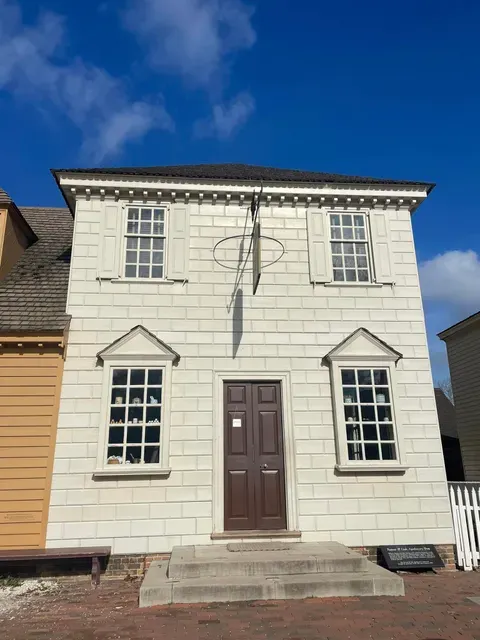
Pasteur-Galt Apothecary, Colonial Williamsburg
Eastern State Hospital must be mentioned.
It's where Dr. John Minson Galt, and his next two descendants, were employed after all.
The hospital's years of operation: October 12, 1773 to present (2024). The entity has since moved to another area of Williamsburg, but the reconstruction of the original building stands facing Francis Street in CW's historic area.
I've visited the site and attended lectures about it, but confirmed the "opening" date at the Rock yesterday. In fact, I even found an ad from a brickmaker to hire others for the construction of the building!
Source: Eastern State Hospital Historical Report block 4 lot 80-87 Mary A. Stephenson
Oct 3, 1771
The Subscriber will give good Wages, and Accommodations, to two or three Journey-men BRICKLAYERS, for the remaining Part of the Season, to work upon the Hospital building in this City. Plenty of bricks and Lime is ready, so there will be no Delay.
Samuel Spurr.
Virginia Gaz Purdie and Dixon eds
Be assured this will lead to conversation in CW's brickyard that could inspire future posts!
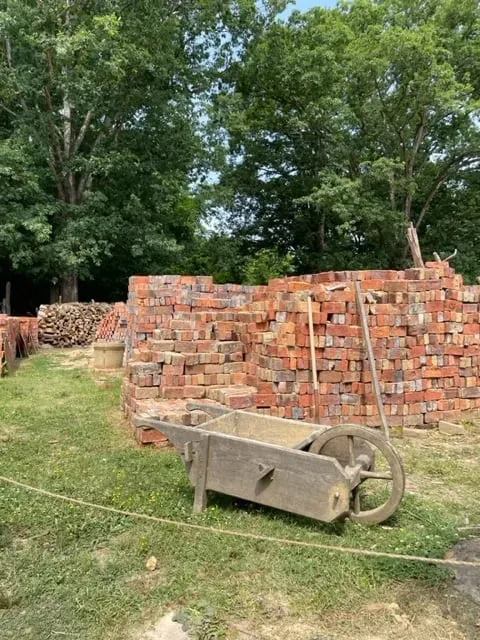
CW brickyard, 2023
Who else was practicing medicine in the 18th century?
SO many people.
In fact, I found a super-heavy book in the reference section of the Rock: 18th Century Medics by PJ and RV Wallis, 2nd improved and enlarged edition 1988
This book is basically a list of providers, 18th-century style. While it focuses on England it includes some in America. And I use the word "providers" loosely. It's a compilation of many types of professionals such as surgeons, apothecaries, medics, and even "barber-surgeon!"
Here are three Americans I found in the book- feel free to dig deeper- I'd love to know if you do!
- Samuel Mifflin, Druggist in the 1760s-70s, Lancaster Pennsylvania.
- Samuel Nesbett of the same period, "surgeons' instruments dealer," New Haven, Connecticut.
- William Ward, listed as surgeon "Continental Army, America" during Revolutionary War.
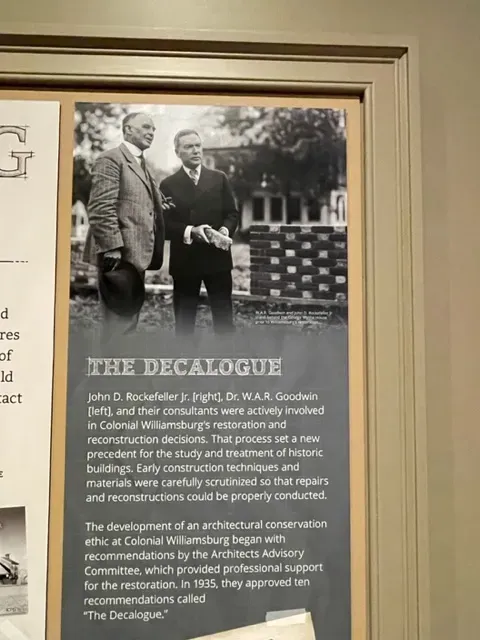
John D. Rockefeller words on learning from the past, Art Museums of Colonial Williamsburg
Was there a wig for physicks?
Yes! In fact the "physickal bob" or "physickal frizz" wig is one I captured a photo of in CW's wig shop and Edith, an apprentice there, told me about it.
You may know that wigs started losing popularity around the Revolutionary Period. (that can be a whole separate blog post!)
This type of wig specifically went from one worn by those who had specialized education (physicks and lawyers for example) to one worn by just about anyone.
But it was "special" and esteemed for a few years!
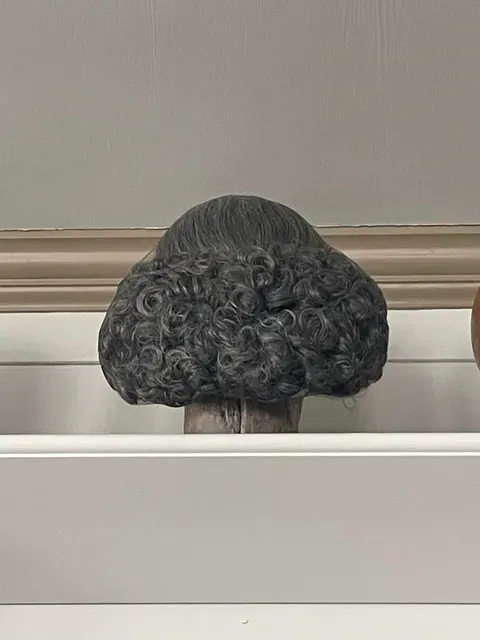
18th century medicine had some terms I need to share.
On my descent into the rabbit hole of 18th century medicine, I came across Dr. Jeanette L. Jerger's A Medical Miscellany for Genealogists. It's primary focus is the 19th century but it was easy to find 18th century references in her list of words and phrases.
Here are some I loved:
- Essence peddler: A seller of peppermint and wintergreen extracts, and bitters in the 18th century. The bitters were in great demand in the countryside where bitters were mixed with the local homemade liquor as a tonic.
- Show globes: bottles of unusual shapes filled with colored liquids which have been used since the 17th c to attract customers into the apothecary or drug store.
- Tuscarora Rice: the first American-made patent remedy, introduced in 1711. It was made from corn and was advertised as a cure for tuberculosis.
And yes, you can buy her book! Click here.
18th century medicine learned from a portrait.
I found a portrait in the Art Museums of Williamsburg related to 18th century medicine.
Did you know that George Washington's mother, Mary Ball Washington may have died of breast cancer? I didn't. But in wandering the museum this week, I found a portrait of Dr. Elisha Hall, who came from Philadelphia but then lived in Fredericksburg, Virginia.
Hall was Mary's doctor and is known to have written a colleague, Dr. Rush, to inquire about a treatment for her breast cancer. Mary died a month after he received word from Rush that:
"...there does not exist in the vegetable kingdom an antidote to cancers."
(source: posted at the Art Museums of Williamsburg)
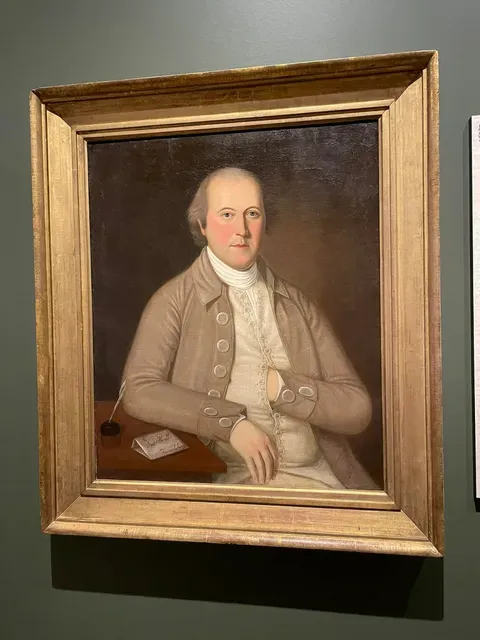
Dr. Elisha Hall, Art Museums of Colonial Williamsburg
Closing words from history.
The more letters from history that I read, and hear about, the more I realize health was a common topic. Not unlike today, right?
I've pulled an excerpt of this letter from James Parker to Benjamin Franklin, displaying the beginning of the letter and skipping some of it before hitting upon the mention of Parker's family and their illnesses. To read the letter in full, and get context and citations, click here.
To Benjamin Franklin from James Parker, 25 October 1766
From James Parker
als: American Philosophical Society
New York, Octob. 25. 1766.
Honoured Sir
Notwithstanding, I have not yet had the Pleasure of one Line from you this great while, and I have nothing worthy Notice to write, yet I must continue to scribble a little.
..........But my greatest Discouragement is the Hand of God upon me, in the continual Distress and Sickness of my Family: having a Doctor continually in tow: My Daughter has been down sick now 7 Weeks, and is a little on the mending Hand; after taking two Vomits, sundry other Physick, and 30 Doses of the Bark: My Son poorly ever since last Winter, he was advised to go to Sea, eight Weeks ago he went to North-Carolina, and I have not heard a Word of him since, only 4 Days after he sail’d he was worse God only knows if he be alive: His Wife and Child have been sick above 5 Weeks past, and both my ’Prentices, have been sick: I bless God, I have had so little myself since I been here, only a very small Paroxysm of the Gout now above six Months: the Doctor’s Bills are as large, and much worse than the Butcher’s: We having had a very wet Summer, has made it generally very sickly: I heard from Burlington that your Son had a Spell of it also, but is getting better again
If you enjoy the blog and want to support both my ability to continue it and my habit for caffeine, click below to buy me a coffee using my online tip jar!
There is a huge practical disclaimer to the content on this blog, which is my way of sharing my excitement and basically journaling online.
1) I am not a historian nor an expert. I will let you know I’m relaying the information as I understand and interpret it. The employees of Colonial Williamsburg base their presentations, work, and responses on historical documents and mainly primary sources.
2) I will update for accuracy as history is constant learning. If you have a question about accuracy, please ask me! I will get the answer from the best source I can find.
3) Photo credit to me, Daphne Reznik, for all photos in this post! All photos are personal photos taken in public access locations or with specific permission.
